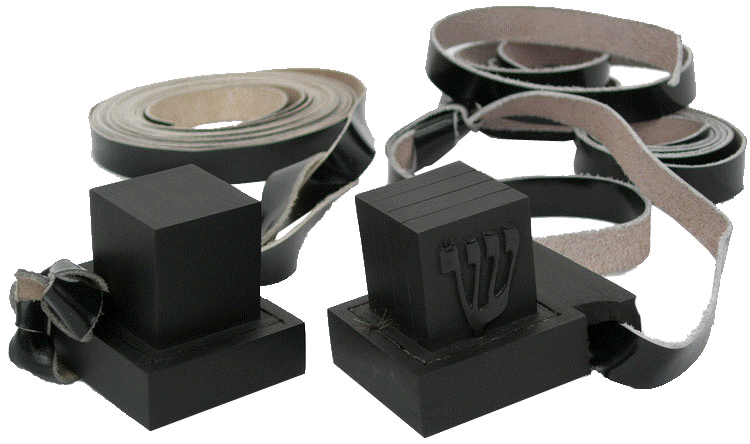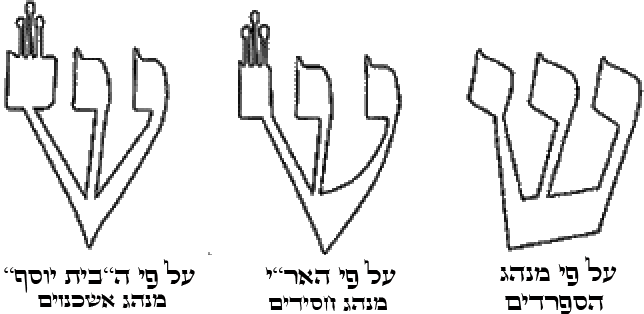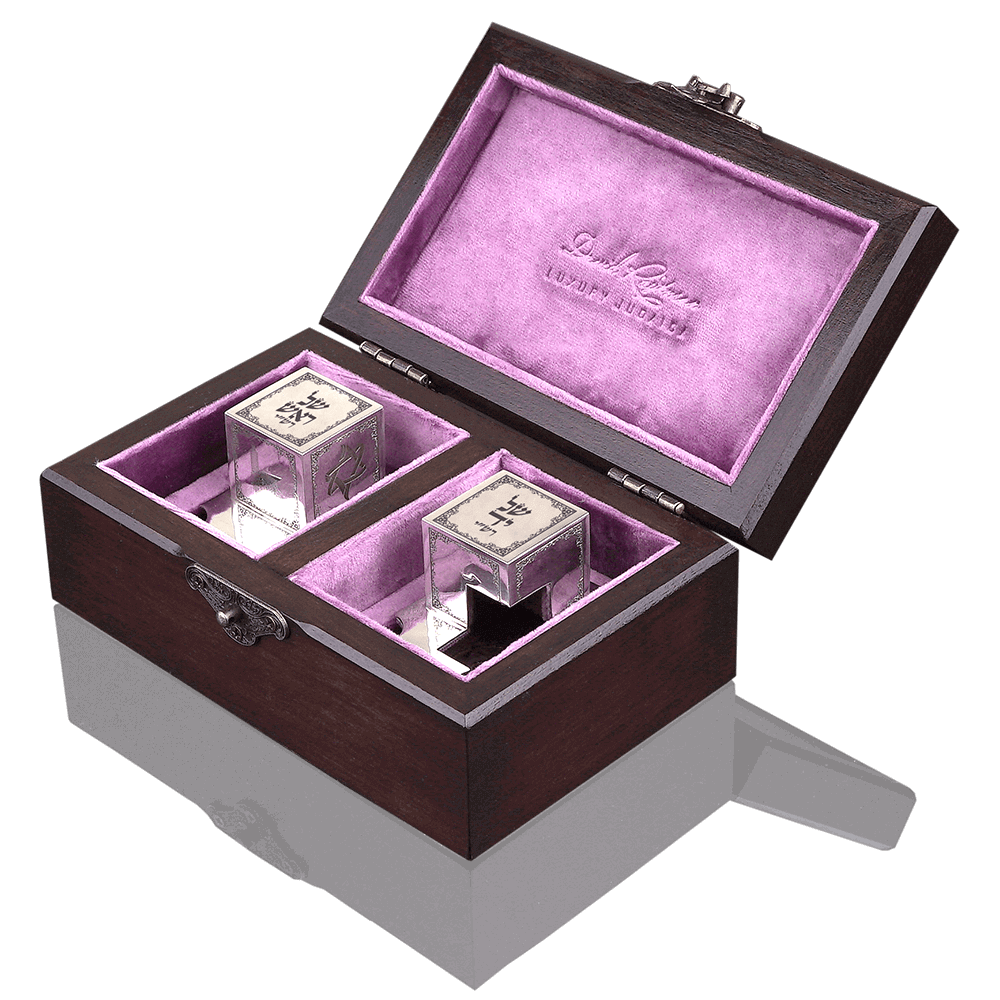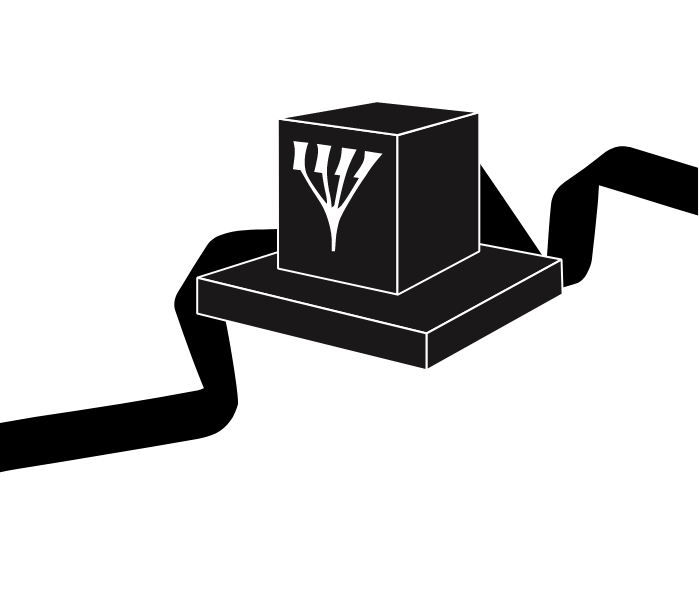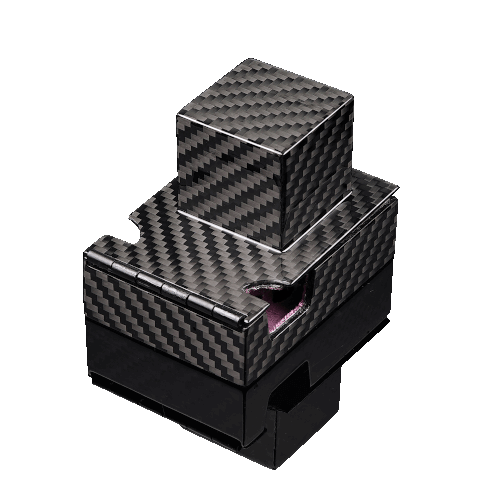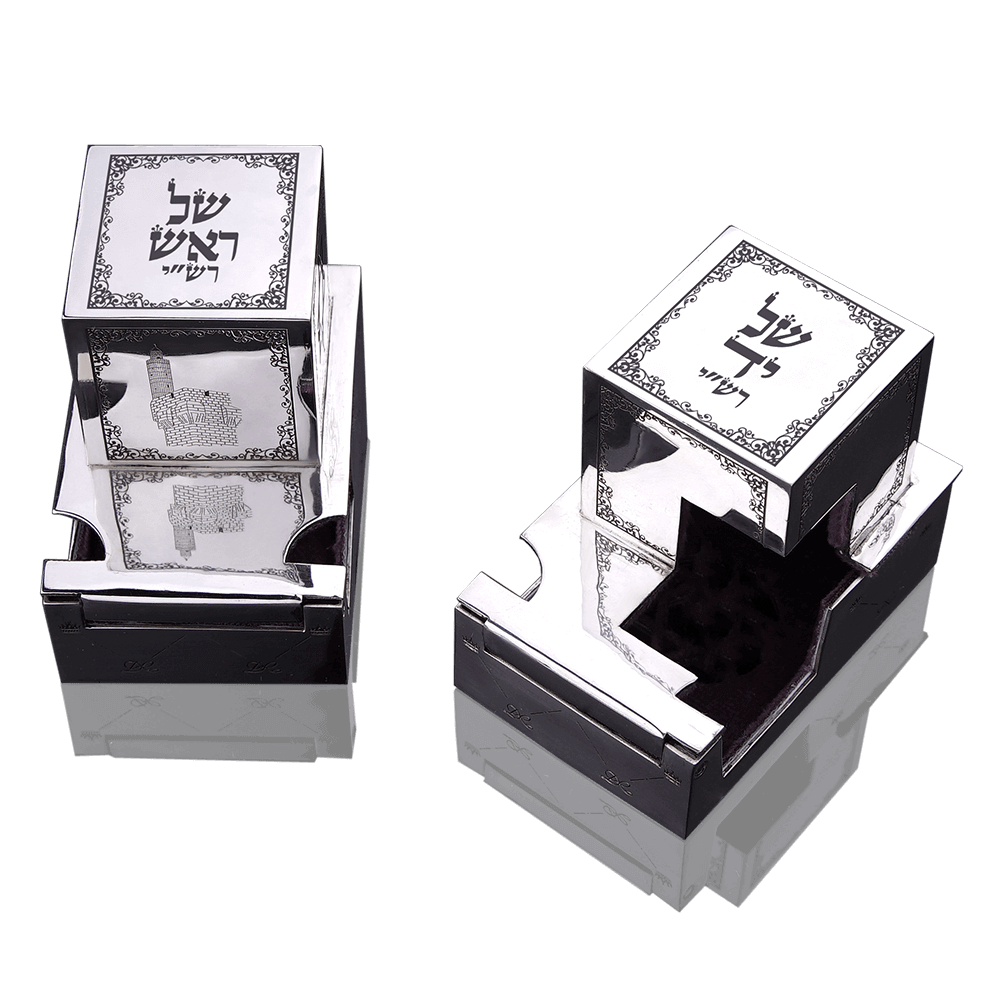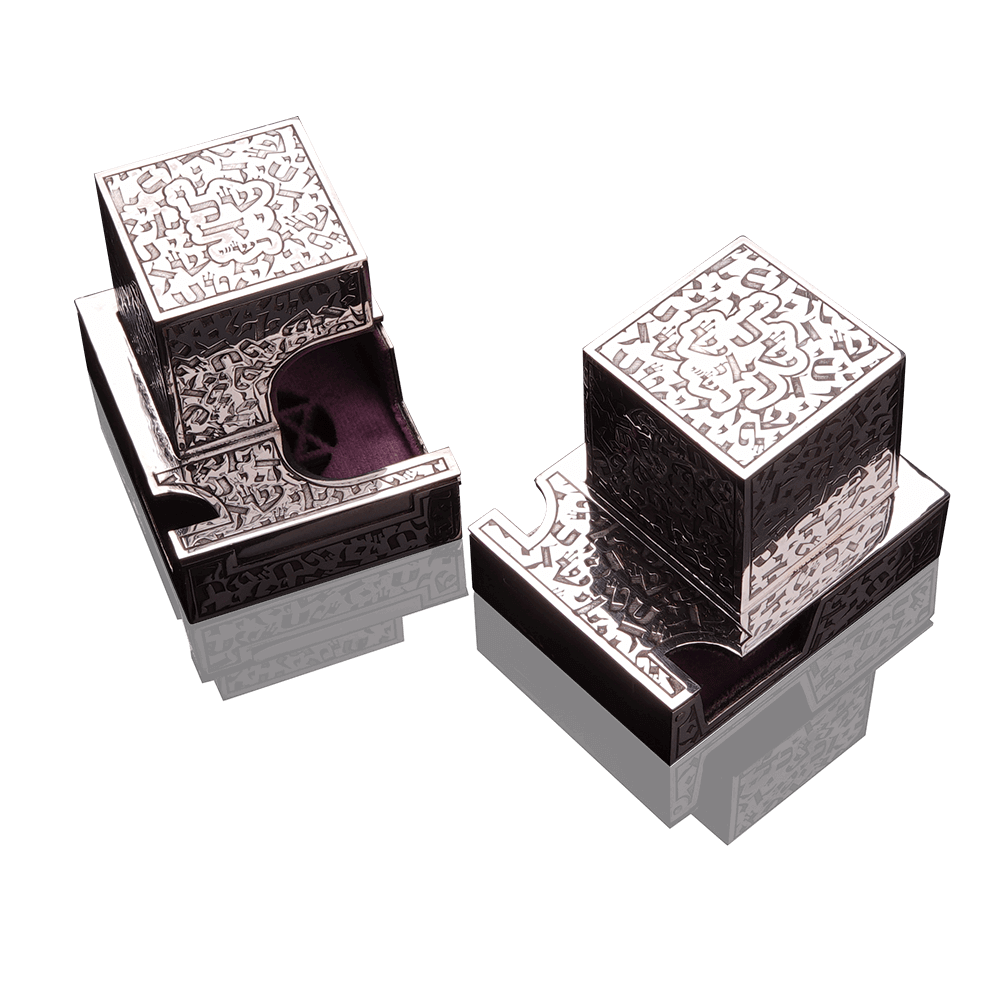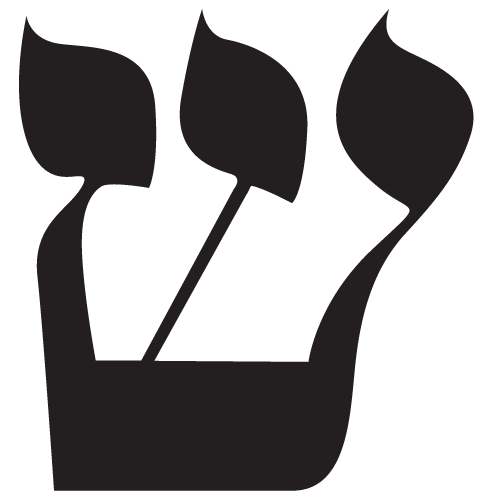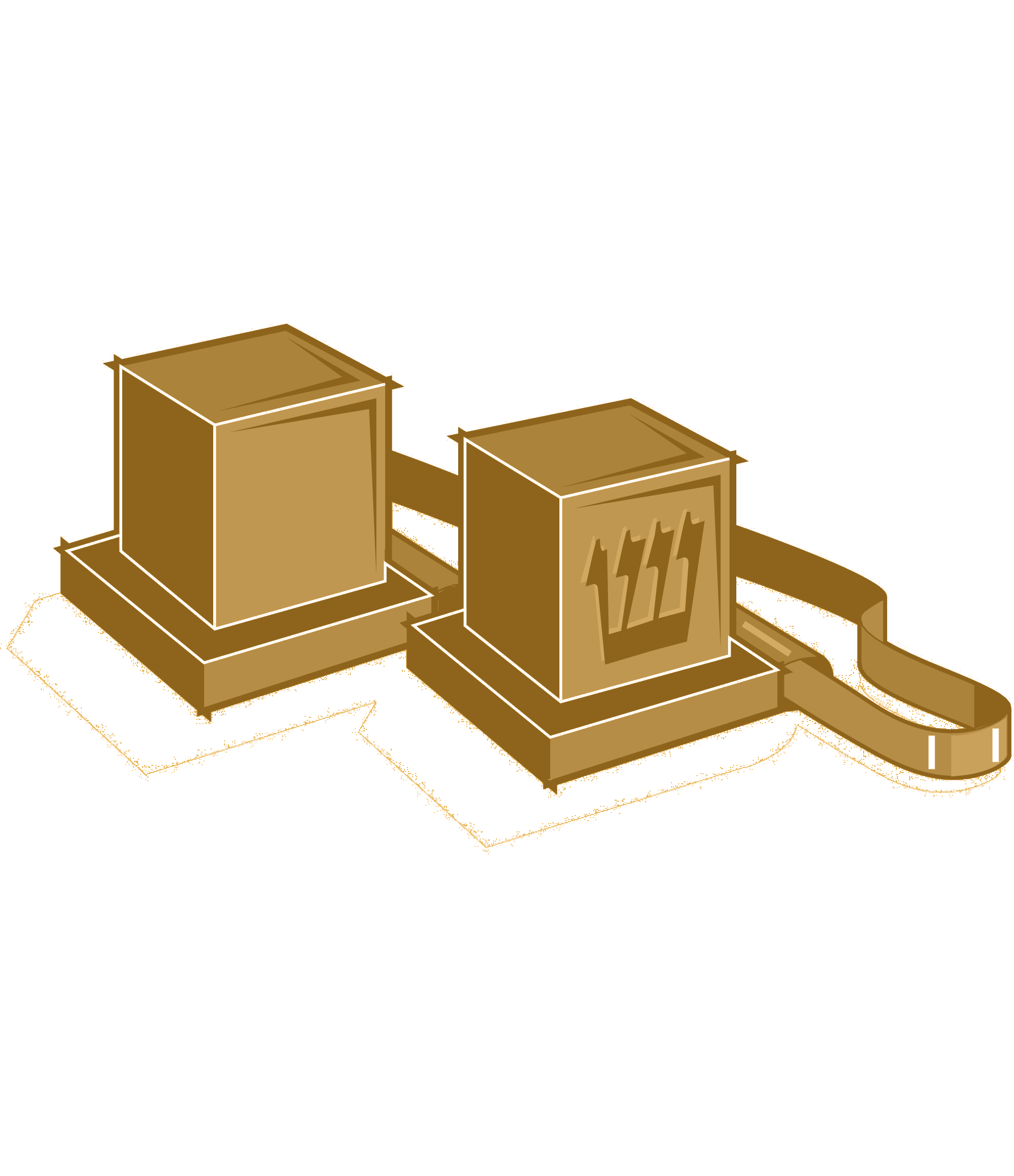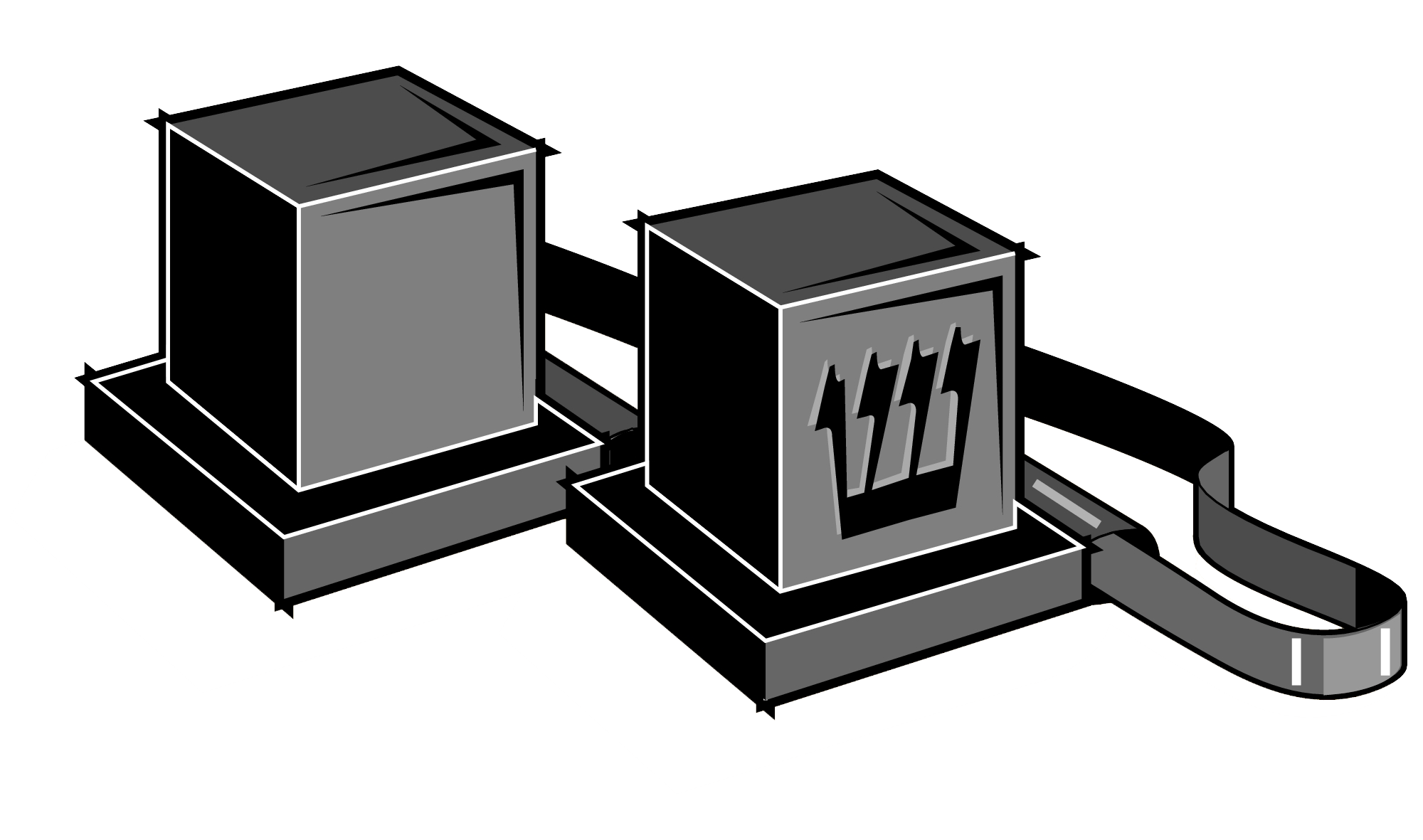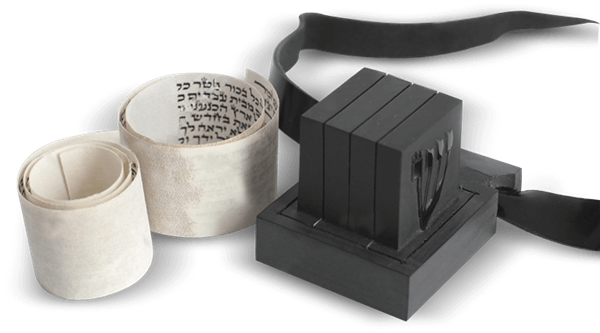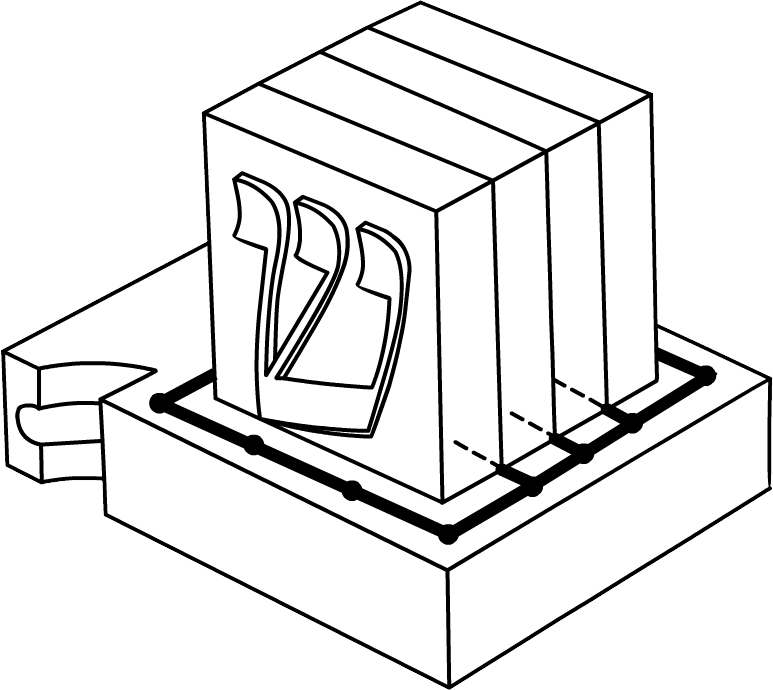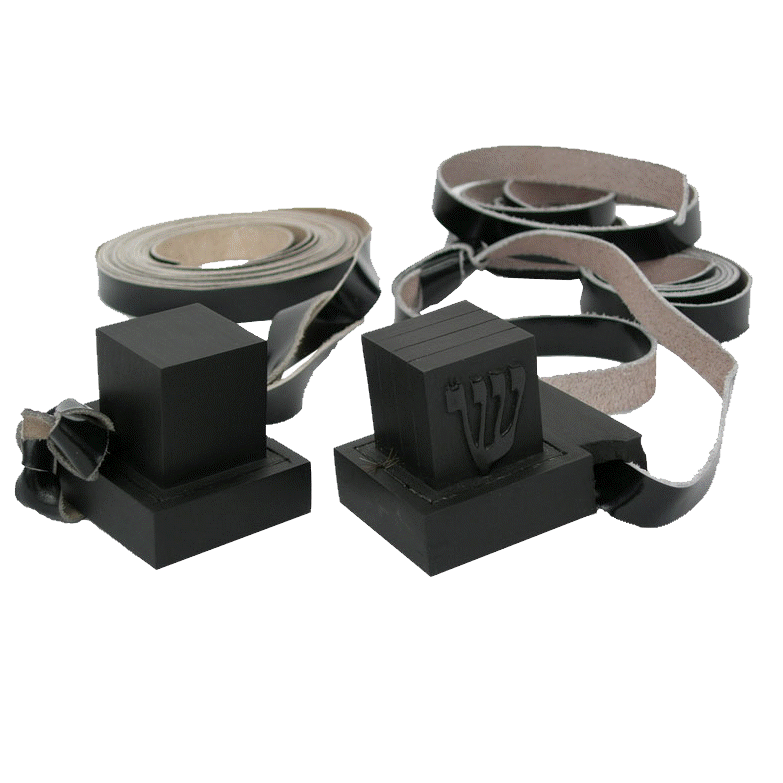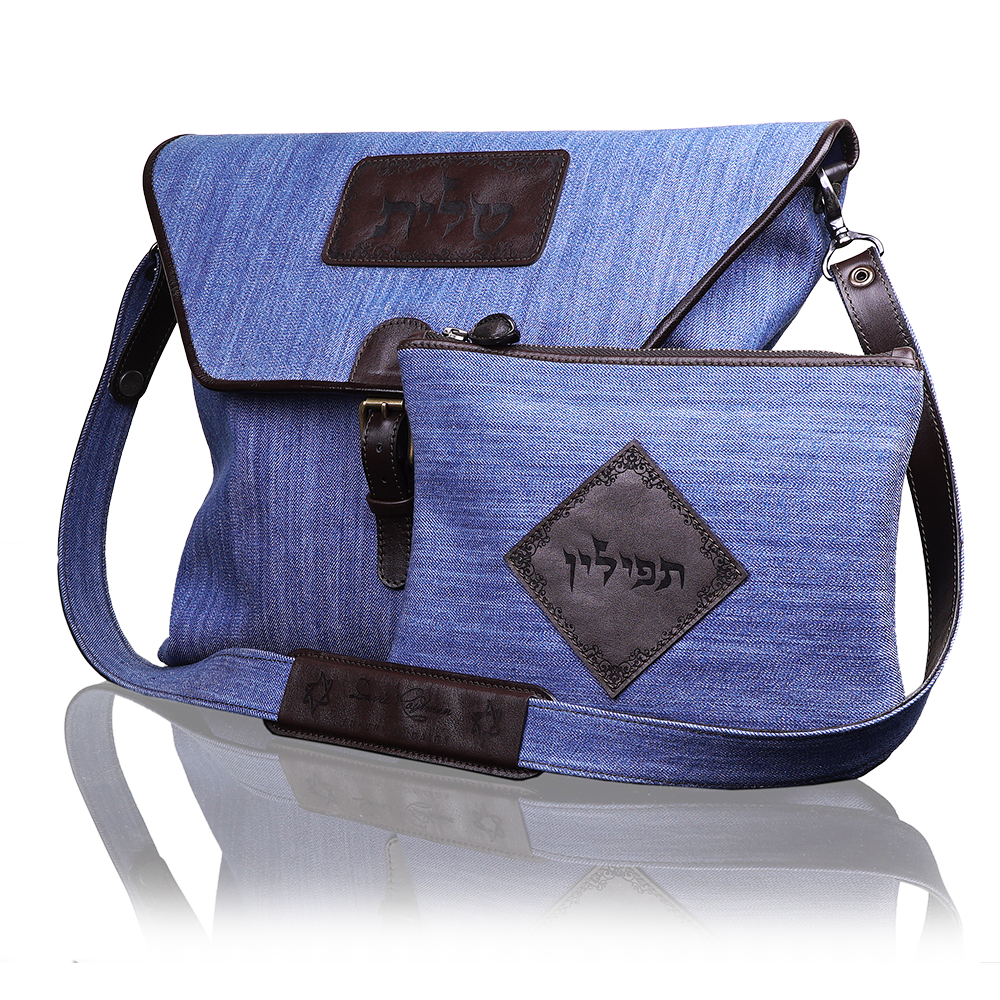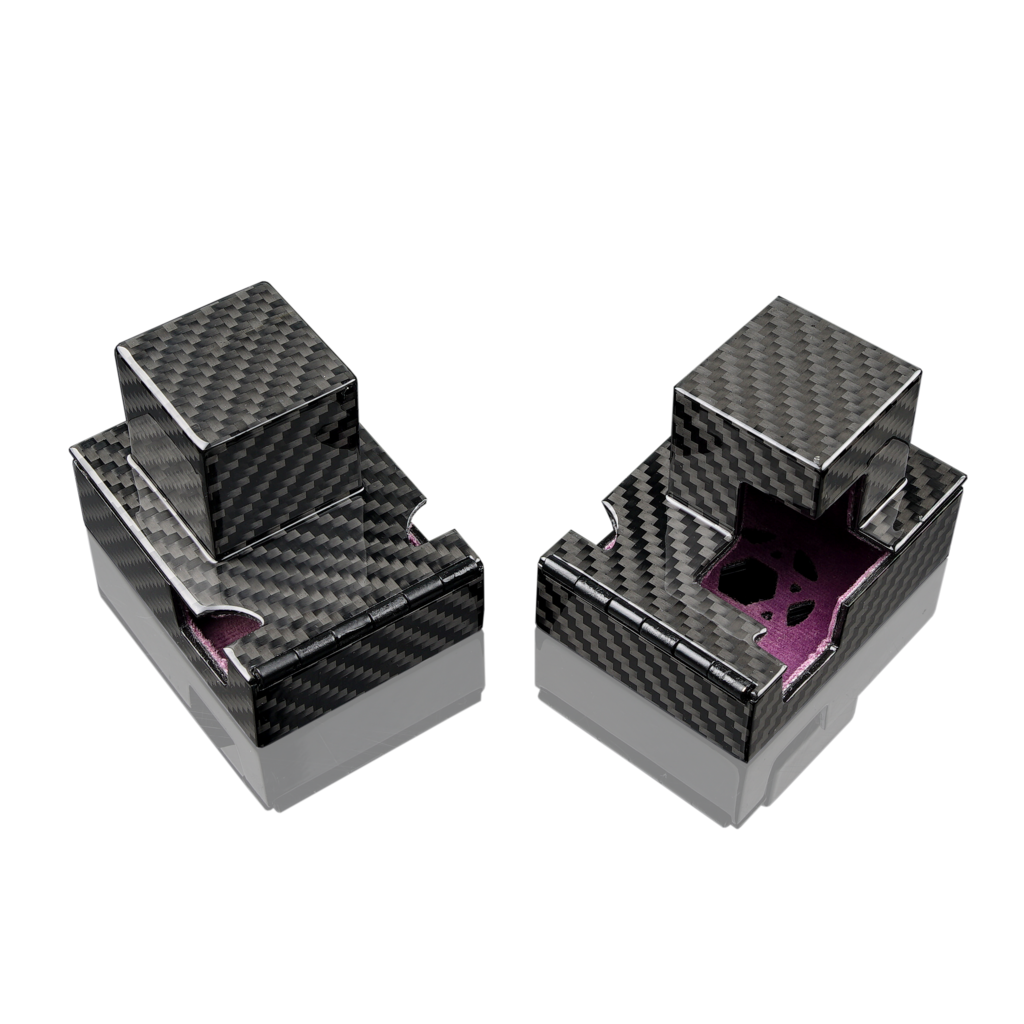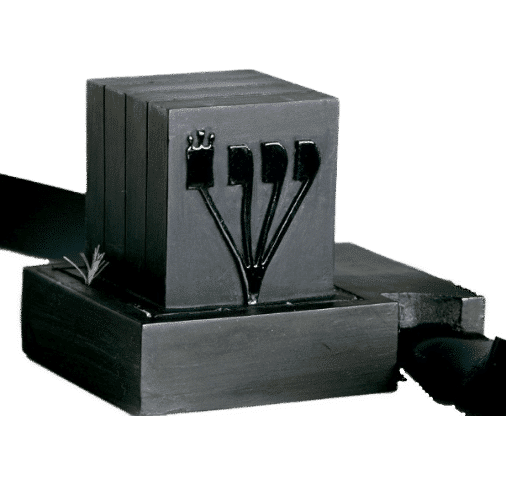Download top and best high-quality free Tefillin PNG Transparent Images backgrounds available in various sizes. To view the full PNG size resolution click on any of the below image thumbnail.
License Info: Creative Commons 4.0 BY-NC
Tefillin, also known as phylacteries, is a collection of tiny black leather boxes containing parchment scrolls engraved with Torah passages. During weekday morning prayers, devout adult Jews wear tefillin. They are only worn by males in Orthodox communities, although men and women can wear them in Reform and Conservative (Masorti) groups.
Even though “tefillin” is the plural form (the singular is “tefillah”), it is sometimes used as a singular. The arm-tefillah (or shel yad) is worn on the upper arm, with the strap wrapping around the arm, hand, and fingers, while the head-tefillah (or shel rosh) is worn above the brow. They are meant to fulfill the Torah’s command to maintain the Exodus as a “sign” and “remembrance” of God’s deliverance of the children of Israel from Ancient Egypt.
The biblical texts that are frequently quoted as about tefillin are ambiguous. For example, Deuteronomy 11:18 does not specify exactly what to “tie upon your arm,” and the concept of “totafot between your eyes” is not clear. Many Jews, as evidenced by archaeological findings at Qumran and a mention in the New Testament, took the passages literally and wore actual tefillin as early as the first century AD. Karaite Judaism, on the other hand, interprets the passages as allegorical.
Tefillin are used to remind people of God’s assistance during the Exodus from Egypt. “As long as the tefillin are on the head and the arm of a man, he is modest and God-fearing, and will not be drawn by laughter or frivolous chat; he will have no bad ideas, but will dedicate all his thoughts to truth and justice,” says Maimonides of the sanctity of tefillin.
According to the Sefer ha-Chinuch (14th century), Tefillin’s aim is to assist a person subordinate their worldly cravings and foster spiritual development. Tefillin are worn on the arm next to the heart and on the head above the brain, according to Joseph Caro (16th century), to show that these two important organs are eager to serve God.
As a Hiddur Mitzvah, many people purchase high-quality tefillin and attractive tefillin bags. The scripture “This is my God, and I will exalt Him” inspired this concept (Exodus 15:2). According to the Jewish Sages: “Is it conceivable for a person to contribute to his Creator’s glory? This truly implies that I will praise Him by performing mitzvot in a way that honors Him. I’ll make a lovely lulav, a lovely sukkah, lovely fringes (Tsitsit), and lovely phylacteries (Tefilin) for Him.”
Tefillin may have an apotropaic function, according to certain non-Orthodox academics. For example, Yehudah B. Cohn contends that tefillin should be viewed as a made-up custom intended to offset the popularity of Greek amulets with a “authentic” Jewish one. Every jewelry worn on the body (regardless of its claimed function) was believed by Joshua Trachtenberg to be an amulet at first.
Furthermore, early Rabbinic sources provide more or less clear evidence of tefillin’s apotropaic characteristics. For example, tefillin is described in Numbers Rabbah 12:3 as capable of defeating “a thousand demons” emerging from “the left side,” and rabbis Yohanan and Nahman used their sets to repel demons inhabiting privies. At the same time, Elisha the Winged, who meticulously carried out this mitzvah, was miraculously saved from Roman persecution. Tefillin are also thought to have life-extending properties, and they are frequently included in the same breath as other objects considered amuletic.
Download Tefillin PNG images transparent gallery.
- Tefillin PNG Clipart
Resolution: 750 × 444
Size: 131 KB
Image Format: .gif
Download
- Tefillin PNG
Resolution: 512 × 512
Size: 9 KB
Image Format: .png
Download
- Tefillin
Resolution: 512 × 512
Size: 8 KB
Image Format: .png
Download
- Tefillin PNG Cutout
Resolution: 644 × 314
Size: 18 KB
Image Format: .png
Download
- Tefillin PNG Images
Resolution: 1000 × 1000
Size: 886 KB
Image Format: .png
Download
- Tefillin PNG Photos
Resolution: 699 × 597
Size: 21 KB
Image Format: .png
Download
- Tefillin PNG Images HD
Resolution: 500 × 500
Size: 53 KB
Image Format: .png
Download
- Tefillin PNG File
Resolution: 1000 × 1000
Size: 174 KB
Image Format: .png
Download
- Tefillin PNG Image
Resolution: 1000 × 1000
Size: 182 KB
Image Format: .png
Download
- Tefillin Transparent
Resolution: 500 × 500
Size: 11 KB
Image Format: .png
Download
- Tefillin PNG Picture
Resolution: 630 × 315
Size: 20 KB
Image Format: .png
Download
- Tefillin No Background
Resolution: 630 × 315
Size: 10 KB
Image Format: .png
Download
- Tefillin PNG Image HD
Resolution: 1983 × 2300
Size: 234 KB
Image Format: .png
Download
- Jewish Ceremonial Art Tefillin PNG File
Resolution: 2000 × 1181
Size: 201 KB
Image Format: .png
Download
- Jewish Ceremonial Art Tefillin PNG
Resolution: 600 × 333
Size: 217 KB
Image Format: .png
Download
- Tefillin PNG HD Image
Resolution: 773 × 690
Size: 45 KB
Image Format: .png
Download
- Jewish Ceremonial Art Tefillin PNG Pic
Resolution: 783 × 783
Size: 247 KB
Image Format: .png
Download
- Tefillin PNG Pic
Resolution: 1000 × 1000
Size: 2059 KB
Image Format: .png
Download
- Tefillin PNG Photo
Resolution: 1024 × 1024
Size: 731 KB
Image Format: .png
Download
- Jewish Ceremonial Art Tefillin
Resolution: 506 × 480
Size: 44 KB
Image Format: .png
Download
